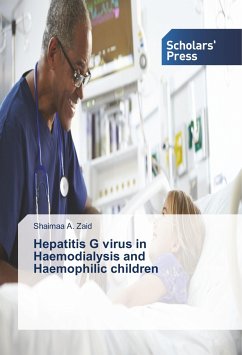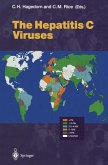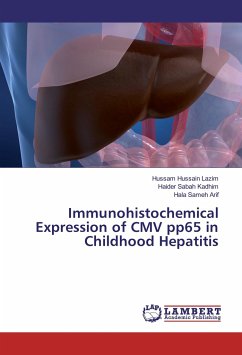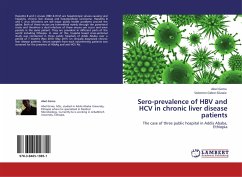Over the last few years, two independent groups which were detected presumably hepatitis agents, were designated hepatotrophic virus-hepatitis G and GB virus C (GBV-C/HGV) as possible etiological non-A-E viral hepatitis. This virus is transmitted by transfusion of blood, infusion of some blood products and by parenteral exposure to blood during intravenous drug use (IVDU) and hemodialysis involves parenteral, sexual and vertical transmission. The risk increases with prolonged duration of exposure. HGV has high prevalence in the world. Its prevalence varies from 2% to 8%, depending on the country. Viremia is detectable in 6.7% in non-transfused American children. It is known that hemophilia undergoing repeated blood transfusion and patients on maintenance dialysis are more susceptible to infections with parenterally transmitted viruses than the general population. So, hemophilic and hemodialysis patients are high-risk groups for GBV-C/HGV infection and this study was aimed to determine the prevalence and clinical manifestations of Hepatitis G virus in hemophilic and hemodialysis children in Egypt to resolve whether or not to routinely screen blood donors for the presence of HGV-RNA.
Bitte wählen Sie Ihr Anliegen aus.
Rechnungen
Retourenschein anfordern
Bestellstatus
Storno








